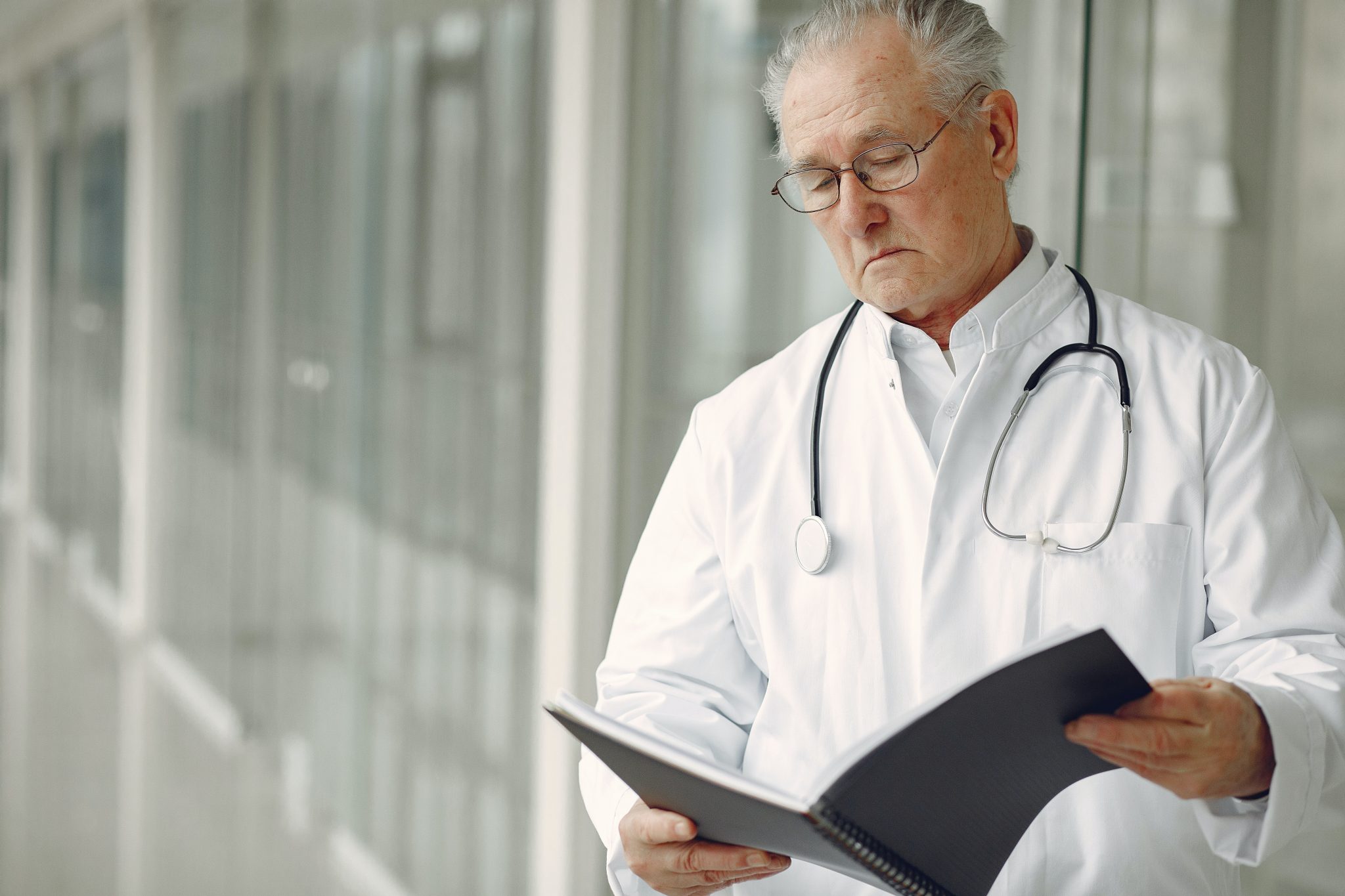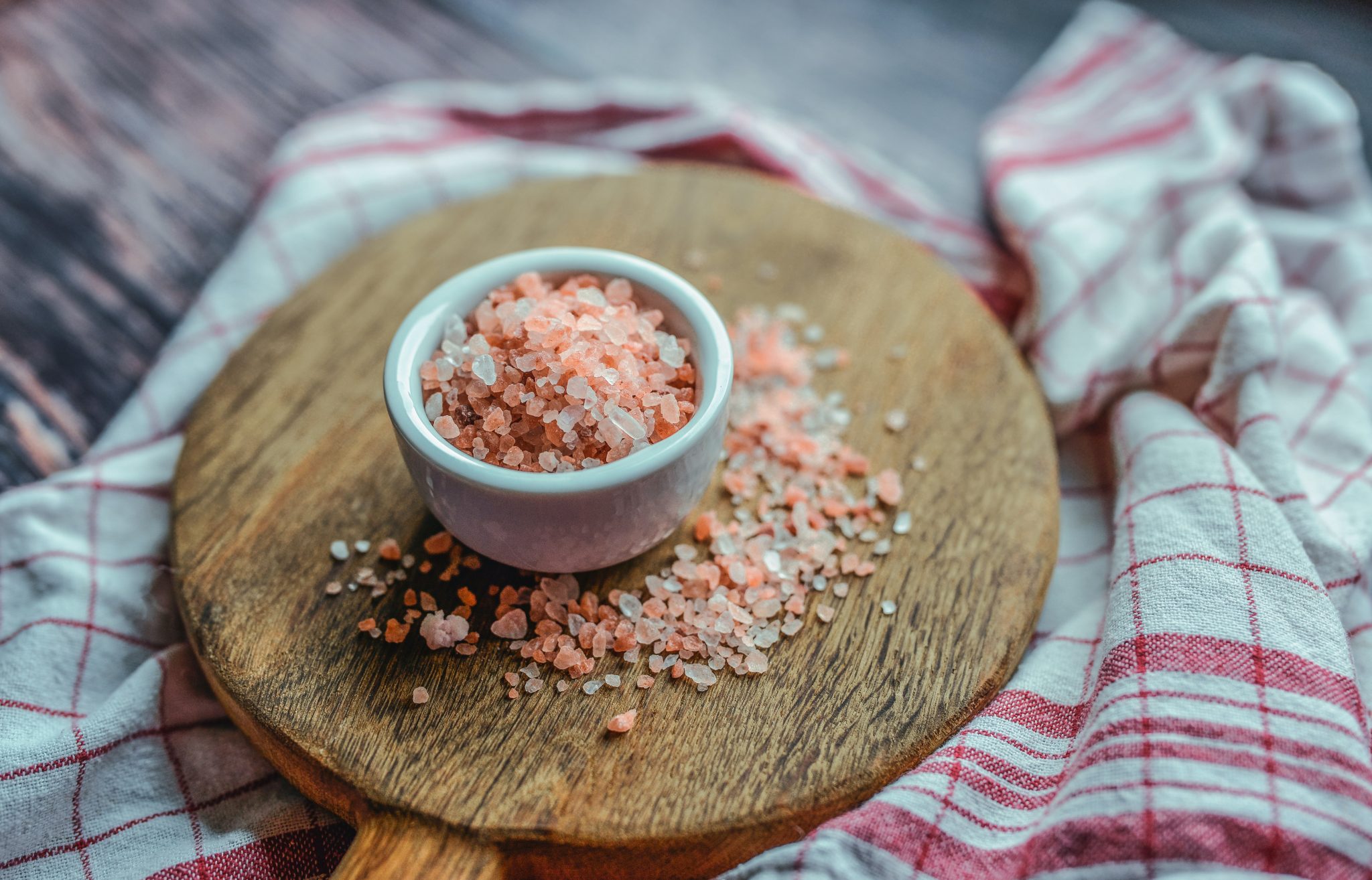Treatment Options For Varicose Veins And Who Treat Them
When you have a skin problem, you will not go to an eye doctor to treat it, so also, when you have a teeth problem, you would not go to a dermatologist to check them. But instead, you go to a dermatologist to have your skin checked and treated, and you visit a dentist to have your teeth issues attended to. The same goes for vein disease; to get your veins treated, you should see a vein specialist who has proper training, experience, and board certifications in treating vein-related problems.
Treatment options for varicose veins depend on the severity of the vein disease. Many people think varicose veins are a mere skin problem and may not seek treatment. However, varicose veins need to be detected early to make the treatment procedure more easily effective. If they are ignored and left untreated, they can worsen over time. Are you tired of uncomfortable and unattractive varicose veins? Visit a vein specialist to have it checked, and the specialist will also let you know the different treatment options that apply.
Keep reading to know about various varicose vein treatment options.
What are varicose veins?
You might have seen them but might not know they are varicose veins. Ever noticed a thick snake-like bump on someone’s skin? Well, that is a varicose vein. They are twisted and enlarged on the surface of the skin. Varicose veins are blood vessels that send back blood from the legs to the heart. It can also appear on any other part of the skin, but it is mainly seen on the legs.
Causes
There are various causes of varicose veins. They can be as a result of:
- Weakened valves and veins in the legs: When the blood meant to flow to your heart is restricted, it stays or accumulates in the veins, resulting in the veins being twisted and enlarged.
- Hereditary. Some people may be born with weakened valves and veins or might just develop weak vein wall issues as they grow.
- Gender. Women are more likely to have varicose veins than men because female hormones relax the walls of veins, thereby causing them to become weak.
- Age. As you become older, your veins start to lose their elasticity and become weak.
- Pregnancy. During pregnancy, blood increases in the body to support the baby, and this might strain the wall of the veins. Also, when the uterus begins to grow, it puts pressure on the pelvic region and may cause varicose veins.
- Obesity. When you are overweight, this puts pressure on the vein, as they have to do more work to send blood back to the heart. It is common in women.
- Standing or sitting for long periods. It may be due to the nature of your job, but constantly standing and sitting for long periods may cause varicose veins. You should therefore be mobile enough by moving around to enhance blood circulation in the body and prevent the formation of varicose veins.
In rare cases, varicose veins can be as a result of:
- Blood clot
- Swelling or tumour
- Ulcers
- Bleeding
Symptoms
Symptoms vary based on individuals. Some people may not experience any signs or symptoms. These are things to look out for:
- Swollen, painful, itchy leg
- Discomfort, heaviness, or cramps on the leg
- Changes on the skin, either color changes or thickness
Diagnosis
Varicose veins are easy to identify based on their physical appearance. The vein specialist will do a thorough medical examination to know the extent of the varicose veins. The clinical tests carried out are:
- Tourniquet test: this is done to check the points of the backward blood flow.
- Doppler ultrasound: this to check for faulty valves and veins.
- Duplex scanning: it is done to identify the presence of blood clots in deeper veins.
- Magnetic resonance venography: this is done when the duplex scanning seems unclear. It generates clear images of the veins to check for vein diseases and other vein abnormalities. It also checks for clots in deeper veins.
Treatment
Varicose veins have different treatment options. It can be self-care treatment where the specialist advises you on what to do and how to go about it, and it can also be a surgery or minimally invasive therapies done by a specialist.
Self-care treatment
These are personal treatment methods you can do by yourself at the comfort of your home to ease symptoms or prevent complications. They are as follows:
- Compression stockings: it is designed to reduce swelling and pain in the legs. You have to wear compression stockings to increase blood flow back to the heart, prevent blood clots and improve the effectiveness of the valve. You have to wear them only during the day and take them off at night.
- Elevate your legs: use pillows to lift your legs while lying down on the bed or couch. It helps to reduce swelling of the leg, improve blood flow, and lower pressure on the veins caused by standing or sitting for too long.
- Do not stand or sit for a long time: move around to help circulate blood around your body.
- Exercise: Regular exercising enhances vein functions and makes you have a healthier body.
- Eat healthily: when you take healthy diets, you won’t get overweight because being overweight puts you at risk of having varicose veins.
Surgery
These are done by specialists, and it involves searching through various veins and making incisions to remove the varicose veins close to the skin’s surface. Two processes of surgery are:
- Litigation: an incision is made to find the varicose veins to be removed or tied off.
- Stripping: when an incision is done, the varicose veins close to the skin’s surface are removed.
There are a few risks associated with doing the surgery, such as:
- Pain
- Bleeding
- Scar
- Infections
- Deep vein thrombosis
Minimally invasive treatment
This is an effective treatment option with less risk, reduced pain, and shorter recovery time than the traditional surgical procedure. However, you shouldn’t go for this treatment option if you have an infection or blood clot issues. The treatments procedure include:
- Sclerotherapy: It is a non-surgical procedure, and it only involves the injection of medicines into the veins causing them to shrink. It is effective in treating small varicose veins.
- Laser ablation: it is also an effective method of treating varicose veins. There are two types of laser treatments which are:
- Simple laser ablation: a thin tube known as a catheter is inserted in the vein to stop blood flow in the varicose vein.
- Endovenous laser ablation: the laser fiber at the tip of the catheter inserted in the vein heats the varicose vein and shrinks it into normal vein size.
- Radiofrequency treatment: it is a similar process to the endovenous laser treatment, but in this case, a radiofrequency wave is used to treat and seal the varicose vein.
- Phlebectomy: this treatment involves the removal of the varicose veins through tiny cuts made on the skin.
These treatments can cause scars or skin discoloration.
Specialists that treat varicose veins
Who are those that treat varicose veins? You would not want to go to just any medical professional to treat varicose veins. Some specialists are trained and experienced in treating varicose veins. A vein doctor is a medical specialist that specializes in treating vein diseases. They are vascular surgeons, phlebologists, and vein specialists classified into dermatologists, cardiologists, and interventional radiologists.
- Vascular surgeons: These specialists are trained to carry out and manage patients’ operative or surgical care-related blood vessel diseases. They are vascular surgeons after they have undergone a thorough residency program and have passed a series of medical examinations mostly related to vein diseases. They are granted the American Board Medical Specialties certification, which is valid for ten years and renewed afterward by retaking competency tests.
- Phlebologists: these doctors have a limited scope of experience and skills in treating vein disease. Unlike the vascular surgeon that is able to treat all venous or artery disease, the phlebologist only specializes in treating varicose veins, spider veins, DVT, and some types of wound care.
- Other specialists that treat varicose disease or other vein diseases include cardiologists, dermatologists, and interventional radiologists. They are well-trained and are American Board Medical Specialties (AMBS) certified in their respective fields.
Summary
Varicose vein is not a very serious condition and sometimes does not require treatment unless it gets worse and severe. However, some people might feel embarrassed or ashamed of having varicose veins in the legs or other parts of the body and can’t afford to leave it untreated. Now you know the different treatment methods used to manage or treat varicose veins. If you are experiencing pains, discomfort, or there is already an appearance of the varicose vein on your body, seek professional medical care as early as possible. The treatment is easier and safer than you might think. It is best if you visit a medical specialist for varicose veins in order to get a perfect treatment procedure for it. Contact us today to book an appointment with our vein specialists.





